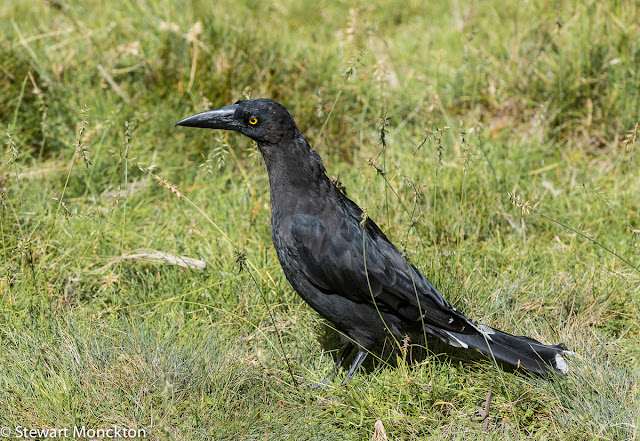The Crested Pigeon (Ocyphaps lophotes) is a bird I see most days, as long as that day takes me near a sports oval. In the past this bird was most commonly found in the more dry interior areas of Australia, but now it can be found in a number of urban areas - including Melbourne. I assume that the short, dry grassland of many sports ovals in some way replicate the grassland and scrub areas of inland Australia.
These are a very active bird, rarely being still. These birds were feeding near the edge of an oval close to my daughters hockey ground. Once again, a car (or more accurately car door) worked as both a hide and a 'tripod'.
The Crested Pigeon is about the standard size for a pigeon, and when observed closely is rather good looking.
These are a very active bird, rarely being still. These birds were feeding near the edge of an oval close to my daughters hockey ground. Once again, a car (or more accurately car door) worked as both a hide and a 'tripod'.
The Crested Pigeon is about the standard size for a pigeon, and when observed closely is rather good looking.
As ever, to join in with WBW just click on the blue button below the thumbnails - feel free to share a link to this page on the many and varied forms of social media that we now use every day!





























































